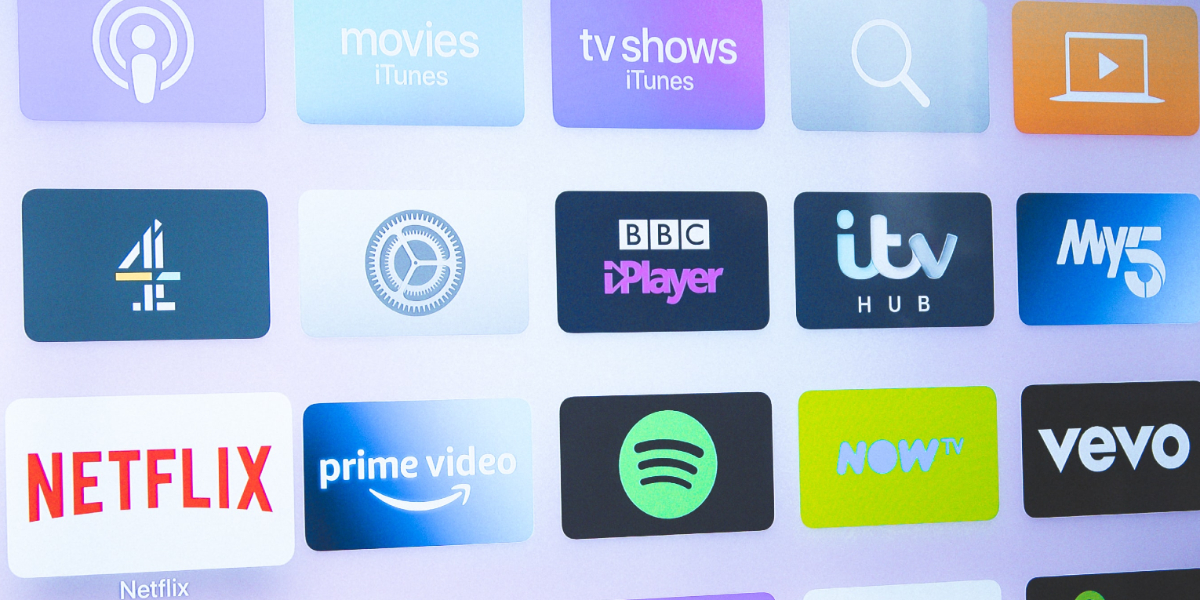Here at VideoWeek, we come across a lot of different industry terms. We know that there are certain terms within the industry that prompt a lot of debate. There can be confusion around similar terms over which is the best to use, or disagreement about what each term actually means. In this new series, “The Definition Wars”, we will speak to industry experts about these contested terms and how they define them.
The first in this series focuses on the Connected TV (CTV) versus Over-the-Top (OTT) debate. These two terms are often used interchangeably, but what actually is the difference between them? We asked industry leaders to share their views:
Nigel Walley, Managing Director, Decipher
There is a tendency in a UK market full of US-owned agencies and tech companies to parrot any phrase or buzzword emanating out of the US, even if they make no sense in the UK. This is the case with both ‘CTV’ and ‘OTT’.
Proponents of these phrases seem unaware of the significant differences in distribution tech between the UK market. There is no US equivalent of Freeview, Youview or Freesat. Therefore any definition that splits the market into ‘traditional’ vs CTV/OTT is immediately redundant in the UK.
For the most part these definitions refer to on-demand advertising, however they fail to distinguish between IPTV and web delivered on-demand. So OD advertising in ITV Hub on Sky is not covered by these definitions, but ITV on-demand on a Youview box is?
Decipher’s recommendation? Don’t use these terms and steer clear of people that do – they clearly don’t understand the UK television market.
Ian Daly, Head of AV, Bountiful Cow
Having previously been a part of the IAB’s CTV Steering Group, I feel that it’s important that we stick to the definition of CTV as outlined in the ‘Changing the Channel’ white paper:
CTV – Video content consumed on a TV screen, delivered via an internet connection. This includes TVs directly connected to the internet (Smart TV), as well as hardware that enables a TV to become connected, e.g. TV sticks, games consoles and set-top boxes that are connected to the internet.
The definition of OTT is more nuanced. Again, I would refer to the same white paper:
OTT – Over-the-top media services that allow access to TV-like content delivered over the internet, bypassing traditional terrestrial TV formats. OTT services can be accessed via CTV, as well as through apps on other devices with an internet connection, such as smartphones and tablets.
Personally, I rarely find myself referencing OTT in my day-to-day job; we have enough acronyms to remember in this industry (hence this very piece), so I find it most useful to talk about content within the context of devices rather than delivery mechanisms.
Mihir Haria-Shah, Head of Broadcast, Anything is Possible
Terminology feels like it has been an ongoing topic of conversation in the future of TV space for the past five years. I’ve used various terms and ultimately just adapted the terminology I use to who I’ve spoken to. However over the past year or so, CTV has definitely become my preferred term and the main reason for this is that it is so much easier to explain what it is to clients as the name goes a long way to doing that!
OTT for me is a term that we’ve adopted from the other side of the Atlantic and it focuses more on the technology hardware side of the Connected TV world as opposed to the advertising platform which is generally what clients are more interested in.
Catherine Hallam, Head of Client Data Strategy, ITV
These particular acronyms just over-complicate the TV buy. What is important is the TV content and audience reach, rather than the technical means of delivery. For ITV Hub’s 33m registered users (the largest in UK commercial broadcast), connected TVs are the de-facto device for watching the biggest and most talked about TV programmes on-demand, such as Love Island, Unforgotten, the Harry & Meghan interview; 74 percent now view ITV Hub shows on the big screen.
Viewers have so many ways of watching BVOD & SVOD, but to them it’s all just TV. The power of TV is the engagement achieved via full big-screen, sound-on, high-quality TV shows, especially when compared to UGC (another TLA… ‘User Generated Content’ in case!) / short clips streamed typically on mobile devices. And for advertisers wanting reach of their relevant audience, big screen campaigns deliver co-viewing (an average audience of 1.45), alongside third-party verification for viewability, brand safety and fraud.
John Joshua, Client Engagement Lead, Publicis
It is easy to get confused between OTT & CTV – they both define the same thing; content served through an internet feed. OTT looks at all content served through any streaming device (Chromecasts, Firesticks, games consoles, smart TVs etc), but it goes beyond the big screen and includes mobile/tablet viewing too.
CTV is part of the OTT world, but refers solely to content accessed through an internet feed solely on the big screen – it does not solely mean content on smart TVs. Once you plug in your Firestick or Chromecast (for example), you make your TV a connected TV.
We tend to use CTV more because just because it refers to where the main bulk of viewing for the audience is done – the big screen. The biggest misunderstanding that we come across is that CTV is different to AVOD, SVOD & TVOD. CTV just defines the device/method on where audiences watch; AVOD, SVOD & TVOD defines the actual content we consume.
Kevin O’Sullivan, Business Development Director EMEA, Amobee
To really simplify the difference between these acronyms, an easy way to think of them is;
CTV = devices
OTT = content distribution
CTV includes SmartTVs which natively have apps built into the TV itself as well as streaming devices which can play content on TVs e.g. Fire TV, Roku and games consoles.
OTT covers the mechanism for the delivery of TV content via the internet. Some familiar OTT services include Netflix, Amazon Prime or ITV Hub in the UK.
This is of course different to Linear TV which can be defined as the traditional method of broadcasting scheduled TV content on original channels.
What term is used more often?
In the industry, CTV would be the most commonly used term at the moment, and this is likely because there is more Advertising Video On Demand (AVOD) opportunities when speaking about CTV rather than OTT where Subscription Video On Demand (SVOD) would be more commonplace.




